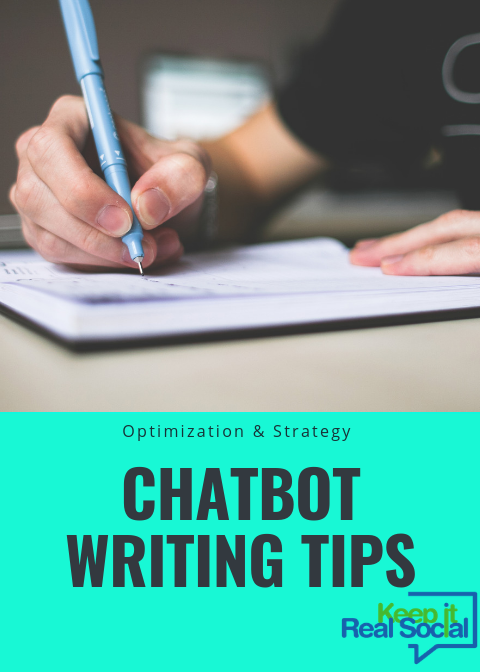Creating a chatbot may be easy with the various platforms available but creating the message sequence that will hold the customer’s attention while guiding them to your final goal is a little trickier and takes some planning.
You want to find the balance between answering questions and guiding them toward the goal while also inserting some personality or humor.
What is a Message Sequence?
Your message sequence is the conversation you’re going to craft for your bot. Your bot needs to ask questions and supply answers but you also need to craft answers for your users to choose from. Keep it simple and offer three or four choices for the user instead of allowing them to type in their answers. It’s quicker and leaves less room for user error.
Have you ever seen the Choose Your Own Adventure Books? At the end of each chapter, the reader decides what they want to happen next and your choice brings you to a different page in the book to continue reading. Your chatbot message sequence is similar.
Here are some tips for successful use of chatbot conversations:
Establish credibility early on in the conversation. People should know exactly WHO they are speaking to while reading the first line of the conversation.
Be transparent. Tell users what they can expect from the bot. Although you want the messages to feel sincere and conversational, do not trick people into thinking they’re speaking to a real person.
Validate the user’s response frequently. By repeating the user’s answer in a clarifying manner, the user will feel confident that the bot is working properly and continue on.
Create a simple, conversational tone. Write your messages as if you’re speaking to a friend. Keep the wording concise and clear to avoid confusion. Insert some humor if it feels appropriate, either in the conversation or in the response options.
Add value to the conversation, even if that means giving the user a way to end the conversation. Some conversations may lend themselves to repeating a loop of information but at some point, the user will want to leave. Don’t hold them hostage or they will click away frustrated. Maybe you have multiple products you want the user to browse through; that’s an example of a conversational loop.
Always be aware of your goal so your bot can direct the user toward that end result. Somewhere along the way, however, you may run into problems. One such example is asking for too much personal information from the user or asking too early in the conversation. Build up trust before asking for email addresses. Give users a way to decline giving their email while still continuing with the conversation; they may be willing to give it after some more interaction.
For more engaging customer experience, your bot should ask questions. Not just “is there anything more I can do to help?” but questions that lead the consumer toward your end goal.
Use video, audio, and GIFs. The more interactive the content, the better the experience.
Build a Plan, Then Build Your Bot
Since your bot needs to sound human, like you, creating a conversation without a plan is a waste of time; and a waste of money if you create a chatbot account before examining all your options. Your first step should be to create a dialog that sounds natural to not only you but your readers as well. Write it down and then say it out loud to see how it sounds.




